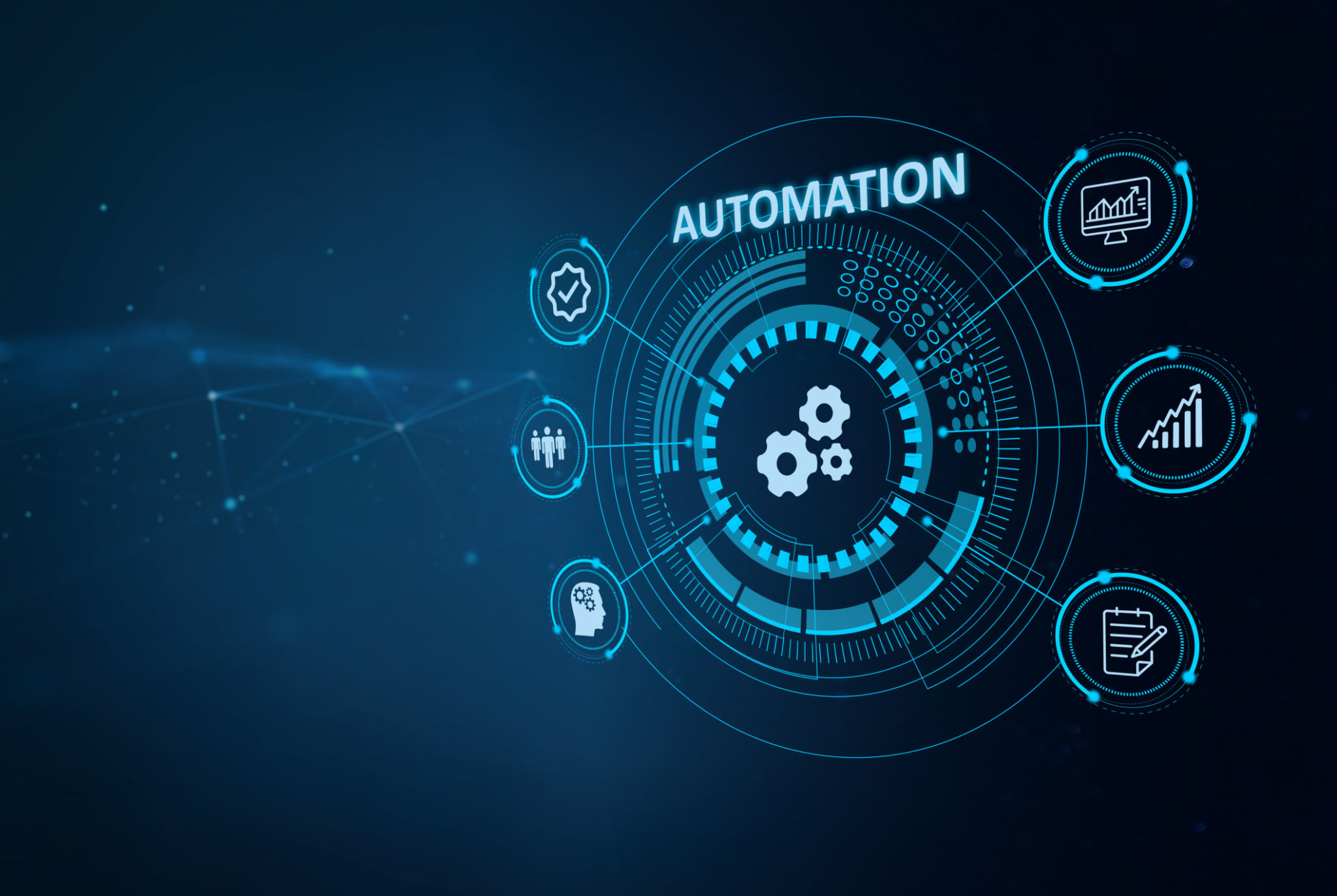AI Automation Trends: Staying Ahead in the Digital Era
Understanding AI Automation
In today's fast-paced digital world, AI automation is revolutionizing industries and transforming how we work and live. Businesses are increasingly adopting AI technologies to streamline processes, enhance productivity, and improve decision-making. By leveraging AI automation, companies can stay competitive and agile in the ever-evolving digital era.
AI automation involves the use of advanced algorithms and machine learning techniques to perform tasks that typically require human intelligence. From data analysis to customer service, AI is reshaping various sectors and creating new opportunities for growth and innovation.

Key Trends in AI Automation
As AI technology continues to advance, several key trends have emerged, shaping the future of automation. Staying informed about these trends can help businesses harness the full potential of AI and maintain a competitive edge.
1. The Rise of Intelligent Process Automation
Intelligent Process Automation (IPA) combines AI with traditional automation tools to create more efficient and flexible systems. By integrating machine learning and natural language processing, IPA enables businesses to automate complex processes that require decision-making and adaptation.

2. AI-Powered Customer Service
AI-driven chatbots and virtual assistants are transforming customer service by providing instant support and personalized interactions. These tools use natural language processing to understand customer inquiries and deliver accurate responses, enhancing customer satisfaction and loyalty.
3. Enhanced Data Analytics
AI automation is revolutionizing data analytics by enabling real-time insights and predictive modeling. Businesses can leverage AI to analyze vast amounts of data quickly, identify trends, and make informed decisions that drive growth and efficiency.

Implementing AI Automation
To successfully implement AI automation, businesses must adopt a strategic approach. This involves identifying key areas where automation can add value, investing in the right technologies, and ensuring seamless integration with existing systems.
Developing a Roadmap
A well-defined roadmap is essential for guiding the implementation of AI automation. This plan should outline specific goals, timelines, and resources needed to achieve successful outcomes. By setting clear objectives, businesses can measure progress and adjust strategies as needed.
Fostering a Culture of Innovation
Creating a culture that embraces innovation and change is crucial for the successful adoption of AI automation. Encouraging employees to embrace new technologies and providing training opportunities can help ease the transition and maximize the benefits of automation.

The Future of AI Automation
The future of AI automation holds immense potential for further advancements and opportunities. As technology continues to evolve, businesses that stay ahead of the curve will be better positioned to thrive in the digital era.
By keeping abreast of the latest trends and technologies, companies can harness the power of AI automation to drive growth, efficiency, and innovation. Whether it's through intelligent process automation, enhanced customer service, or advanced data analytics, the possibilities are endless with AI.
